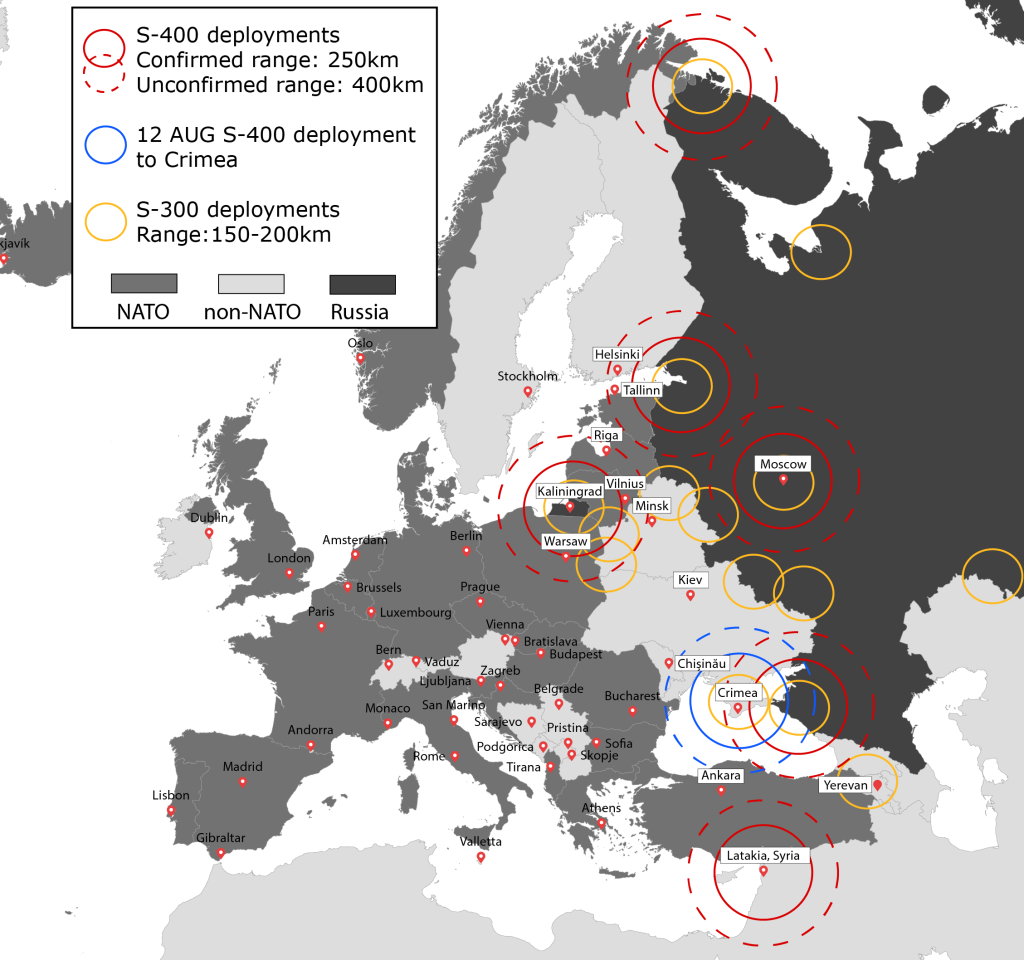From 08-10 November 2017, the System
Analysis and Studies (SAS) Exploratory Team SAS-ET-DR on “Analysis of
Anti-access Area Denial (A2AD)” met at the NATO STO CSO facilities in
Neuilly-sur-Seine, France. The meeting was attended by representatives
from Sweden, Norway, Estonia, Finland, United States, Denmark and
Germany. The team was chaired by Dr. Mike Winnerstig, a Deputy Director
of Research with the Swedish Defence Research Agency.
The topic
of A2AD is an urgent topic of interest for a number of reasons. As of
2014, NATO has returned to a situation where a major war with
Russia cannot be ruled out. The postures of NATO itself, the Allies
and their European partners still largely reflect the earlier, peaceful,
situation. The dearth of forward-deployed forces means that the
Alliance would be very dependent on early reinforcement of
threatened Allies in a crisis or in a war, and on
power-projection by long-range forces stationed elsewhere. These
operations may be threatened by Russian Anti-Access and Area
Denial (A2/AD) capabilities. Anti-access capabilities are usually
long-range capabilities designed to prevent or degrade an
advancing enemy’s ability to enter an operational area. Area
denial capabilities are designed to limit his freedom of action
within the operational area. Russia is currently fielding a
seemingly impressive array of long-range A2/AD systems that could
interfere with the Alliance’s ability to reinforce, resupply and
defend exposed Allies and to conduct operations, primarily in
the Baltic Sea region, but also in the Black Sea, eastern
Mediterranean and Barents Sea regions.
NATO Allies and partners
have not faced a near-peer adversary since the end of the Cold War.
Currently, there is insufficient analysis of the dangers Russian A2/AD
capabilities pose to NATO members and partners, and common solutions to
mitigate, suppress or neutralize these dangers do not exist. The
research task group will assess challenges posed by Russian A2/AD
capabilities in the short, medium, and long term. The study will also
identify potential solutions encompassing technical, tactical,
operational and strategic means.
Dr Winnerstig highlighted that
the proposed work will “inform Allies and partners about the requirement
to adapt current and develop new capabilities in order to operate in
contested environments not experienced in the recent past.”

Picture: Source: Institute for the Study of War |